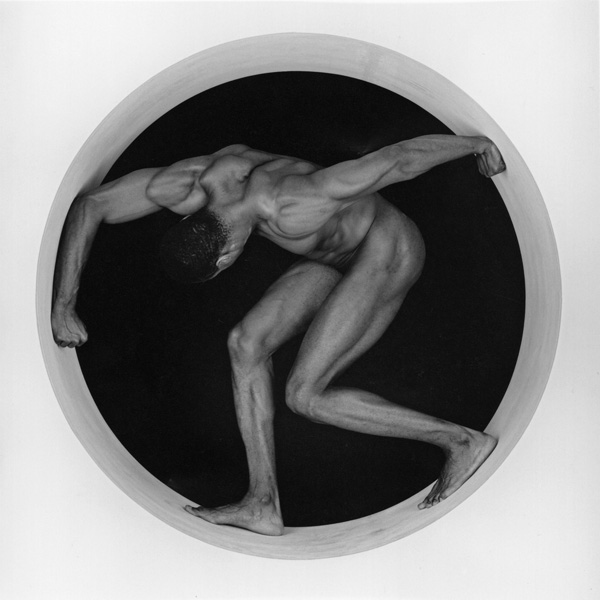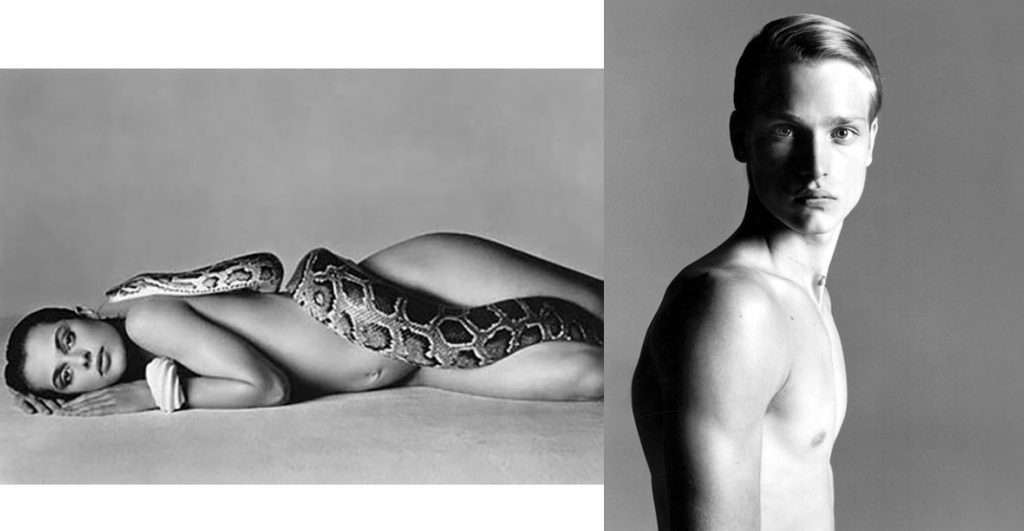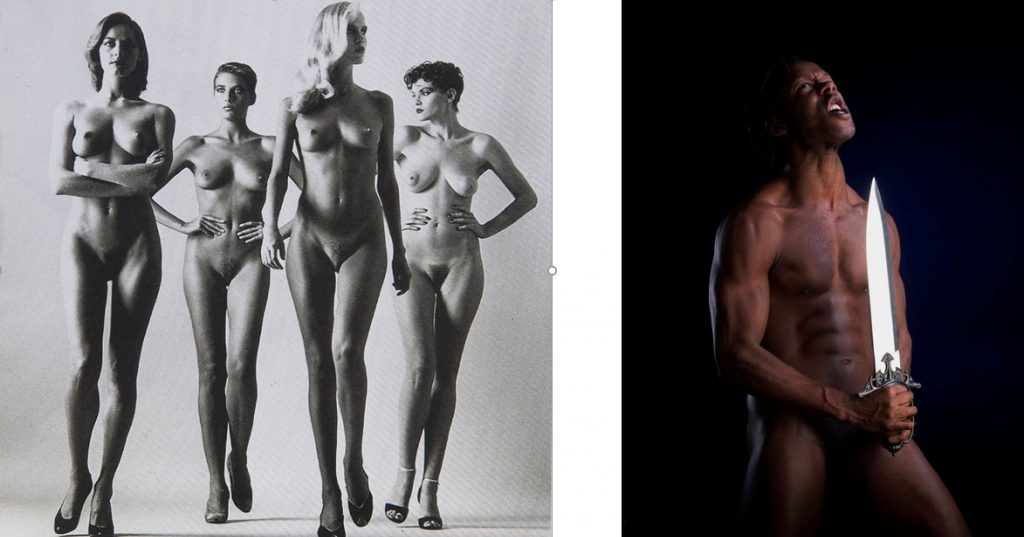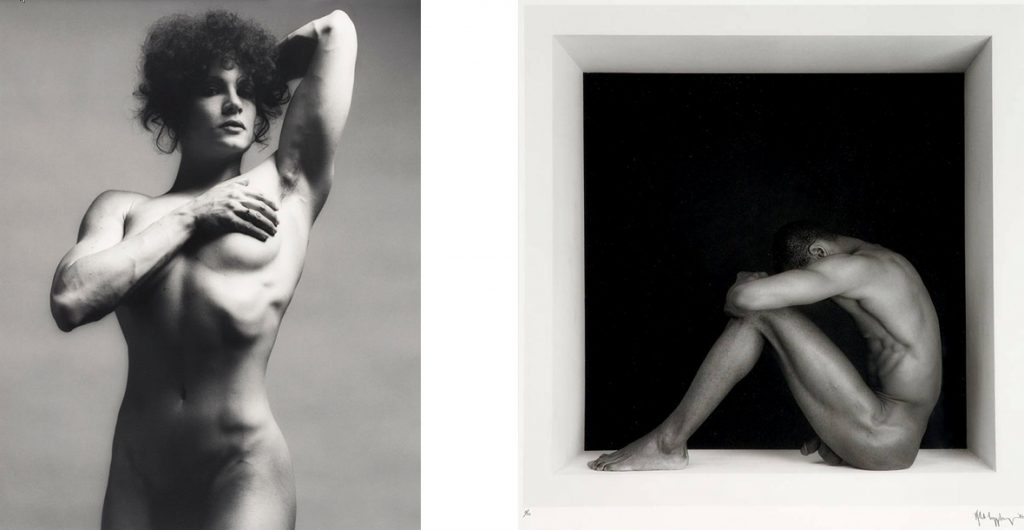
Beauty Norms and Stardards in Photography
Venus and Adonis, 2nd Part
Standards of Beauty in photography
According to the major principles of the greco-roman aesthetic values
Part 2 Discussion
Refer to the Part 1 of this discussion: Histoiry of Beauty by Umberto Eco
The ideals of Beauty of ancient Greece
- A balance between the realistic representation of Beauty, especially that of human body
- Comply to a specific canon, similar to the rules in the musical composition
- Research an ideal of Beauty. in harmony with the body and soul: synthesis between the beauty of the forms and the goodness of the soul
- This beauty reaches its best expression in a static forms: movement is captured in a balanced expression
- An expressive simplicity is more desired that a wealth of details
Vision of Beauty in the Ancien Greece
- Confrontation between chaos and tranquillity
- In the opposition of two contraries, only one represents perfection
- Harmony consists in the coexistance of two contraries in a continual tension
- The more fair is the most beautiful
- Observe the limits
- Nothing more than the necessary
- Order and harmony
Beauty in photography
- Subjective vision
- No canon
- Distortion caused by lenses do not maintain proportions
- Perspective introduces distortions, according to the focal length of the lens
- Principle of symmetry
- A beautiful face is symmetrical
- Balanced composition
- Contrast and chaos
- beauty or illusion (appearance)
- An art of imitation in contrast to painting, a creative art
- semblance of knowledge (Sontag): the camera reveals a reality and hides much more that what it communicates
Photography Assessement (Jury)
Discussion Venus / Adonis pairs

Robert Mapplethorpe
Lydia, Ken and Tyler (1985) / Thomas (1987)

Richard Avedon
Nastassja Kinski (1981) / Model, Dior Advertising

Herb Ritts
Stephanie Seymour Cindy Crawford Christy Turlington Tatjana Patitz Naomi Campbell (1989) / Fred and tires (1984)

Helmut Newton, Dyptic 1981
Elles arrivent, Vogue, French Edition / Mardi Reid by Claude Gauthier

Robert Mapplethorpe
Lisa Lyon, Culturist (1980) / Thomas (1987)
Reference :
Pictorialism
Pictorialism is the name given to an international style and aesthetic movement which has dominated photography during the end of the 19th to the beginning of the twentieth century. There is no standard definition of the term, but in general it refers to a style in which the photographer has in some way manipulated what would otherwise be a simple photograph in a way to “create” an image rather than simply recording it. Typically, a pictorial photography appears in the absence of a clear focus (some more than others), and printed in one or several other colors that the black and white (ranging from warm brown to dark blue). It may have brush strokes visible or other manipulation of the surface. For a pictorialist, a photograph, in opposition to as a painting, a drawing or an engraving, is a way of projecting a emotional intent.
Pictorialism as a movement has evolved between 1885 and 1915, although it remained in in vogue with some photographers until the end of the 1940. It is a response to the opinion that a photograph was nothing other than a simple recording of the reality, transformed into an international movement aimed to improve the condition of photography as a genuine form of art.
The influence of pictorialism has gradually declined after 1920. During this period, the new style of photography, the modernism emerged and the precision of the images became an element of interest.
Reference:
Anthology: History of the Beauty, by Umberto Eco
Aesthetics of Photography 2004, Chong-Ho Yu
On Photography, 1977, Susan Sontag
Beauty in Photography, 1981, Robert Adams
Looking at photographs, 1973, John Szarkowski


No Comments